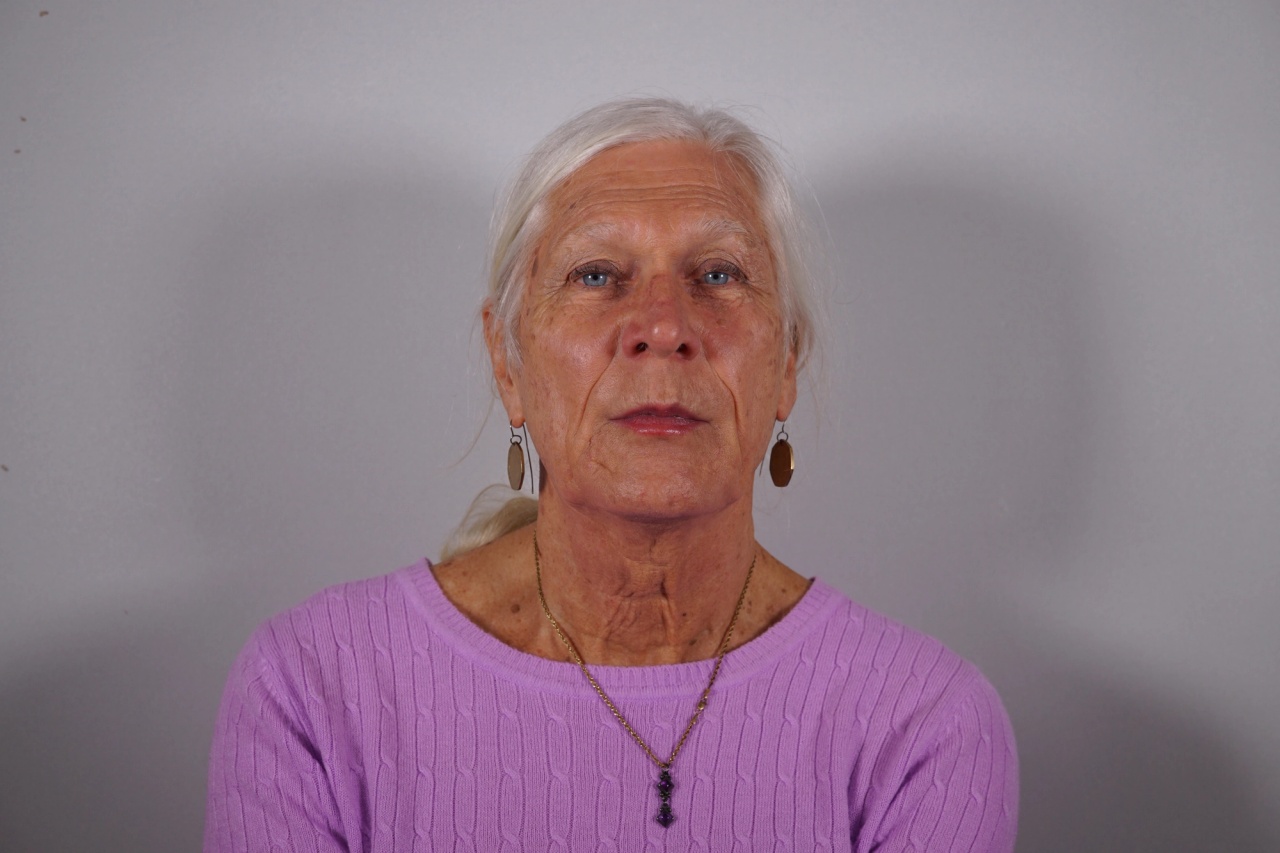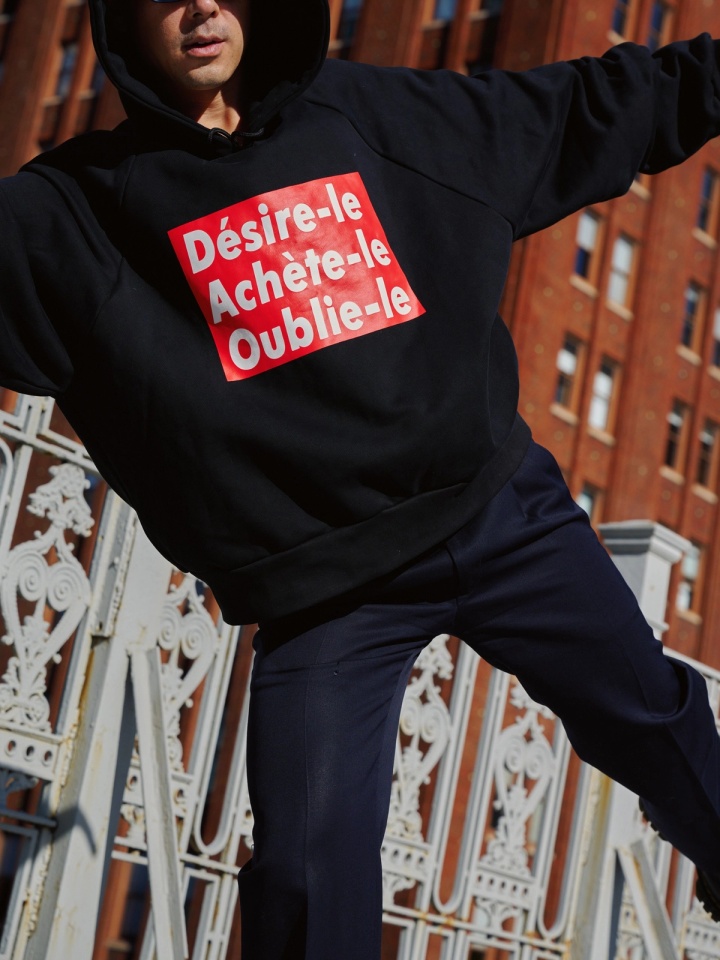
Join Performa's mailing list to stay up to date on the latest news and upcoming events.


The Biennial Hub is open every day from 12-8 pm during the biennial and is a welcoming temporary public space that will be the epicenter of the three-week program in downtown Manhattan.
Located at 424 Broadway, the 2025 Biennial Hub will be designed by Diller Scofiio + Renfro.
This marks the first collaboration between Performa and Diller Scofidio + Renfro, though the two previously worked alongside each other on SCL 2110 organized by Rodrigi Tisi in Chile in 2010. Over the years, RoseLee Goldberg has written about Diller Scofidio + Renfro and their impact on contemporary art and architecture. This shared history at the crossroads of architecture and performance makes the partnership a natural extension of their work.
The Hub will host performances, conversations, screenings, installations, and workshops throughout the Biennial, with a special focus on Performa Studio, a new program on dance conceived in collaboration with choreographers Moriah Evans and Isabel Lewis. Performa Studio transforms the Hub into a dynamic performance laboratory where movement and choreography intersect with visual art, architecture, and everyday life.
In 2007, Performa presented Dance After Choreography, and in 2011 it introduced Boris Charmatz’s Museum of Dance at the Performa 11 Hub, both affirming dance as a cornerstone of its programming. In 2025, with Performa Studio, it anchors the Biennial once again through dance. This new experimental program unfolds daily at the Hub and is fully open to the public.

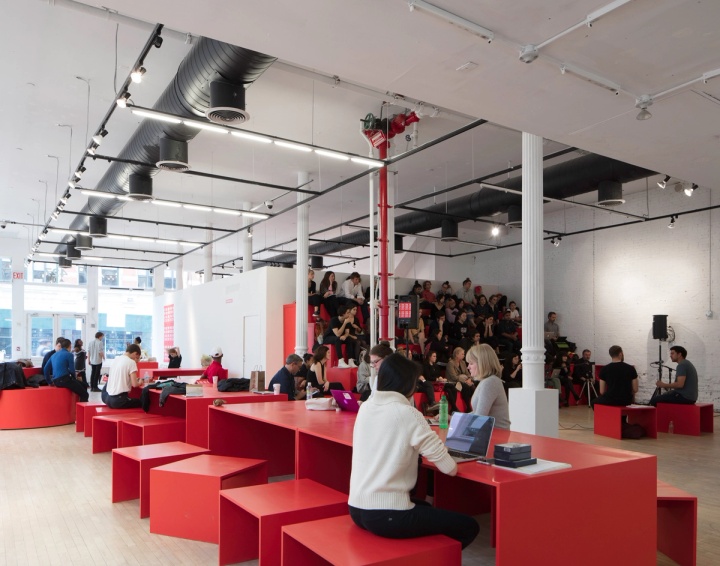
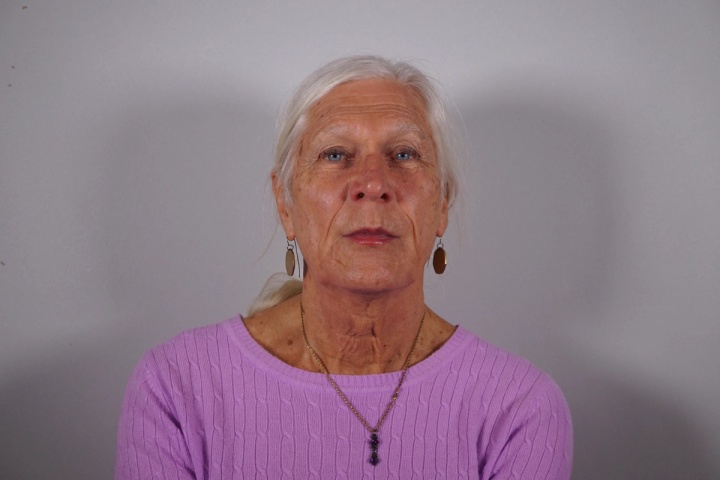
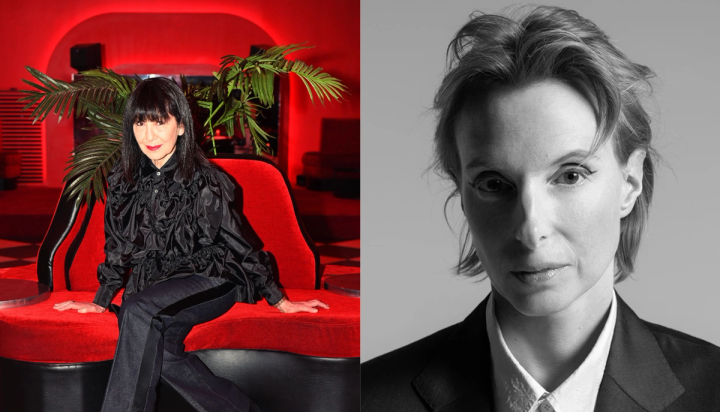
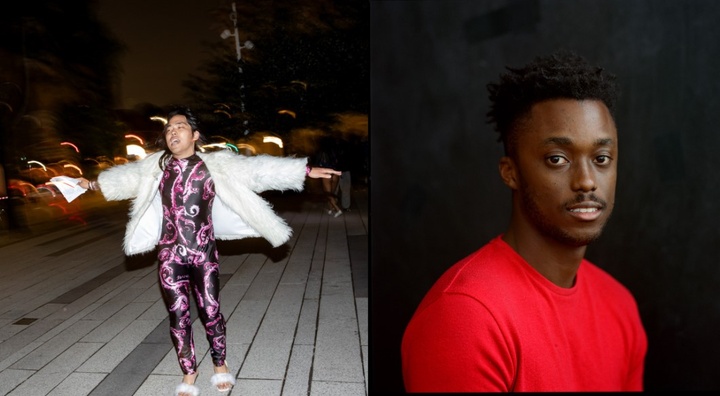
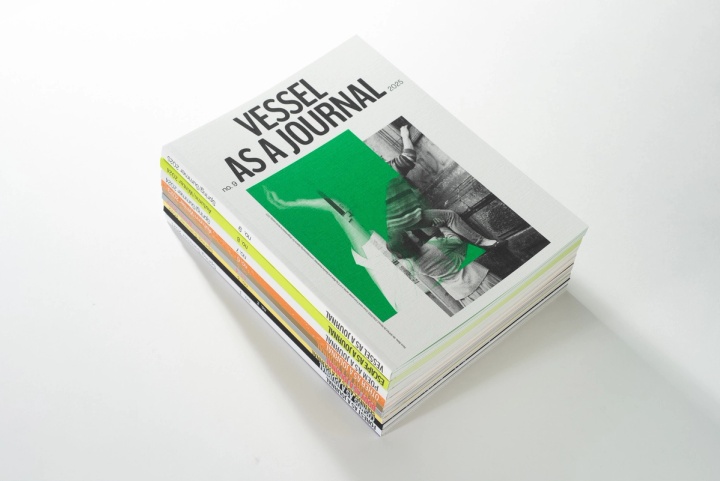

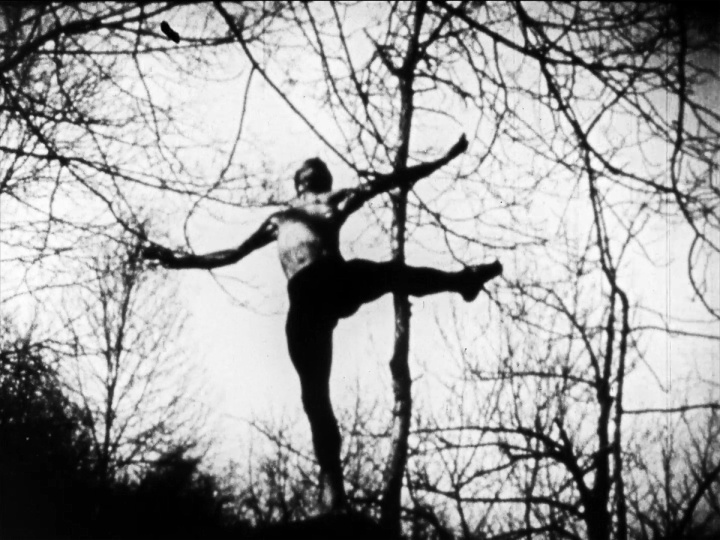
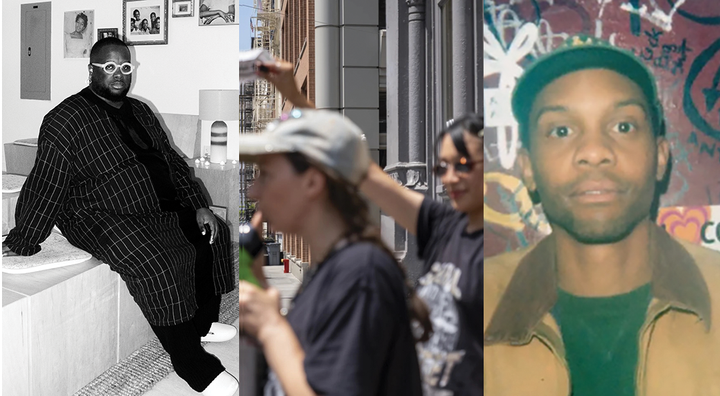
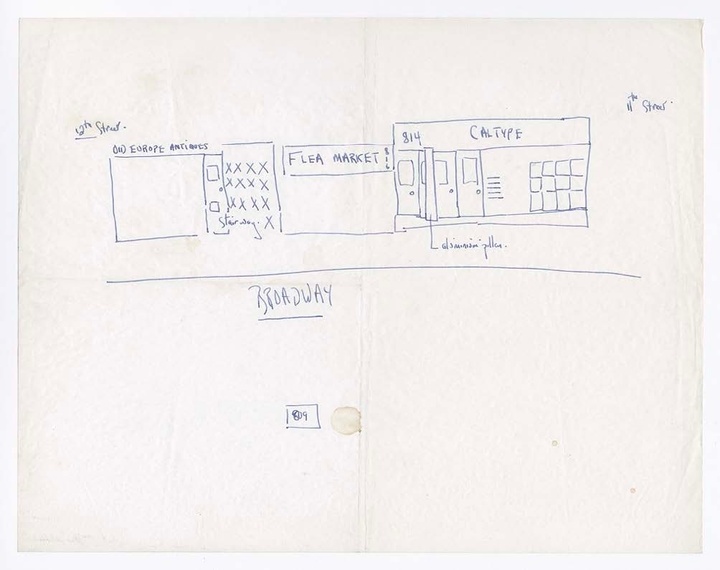
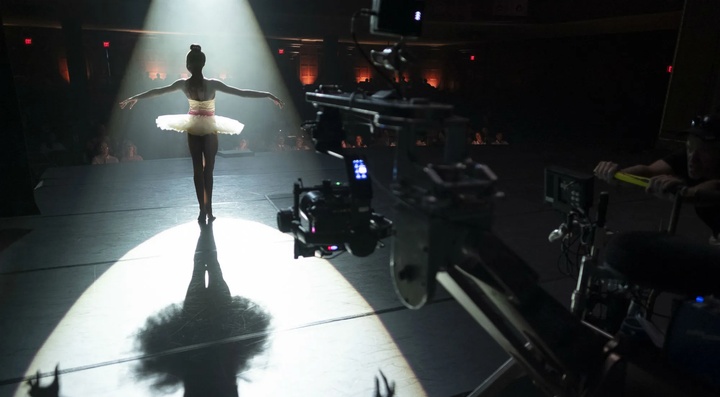
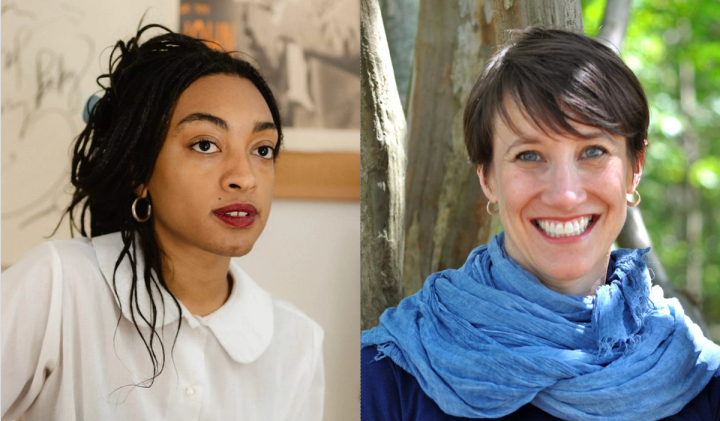
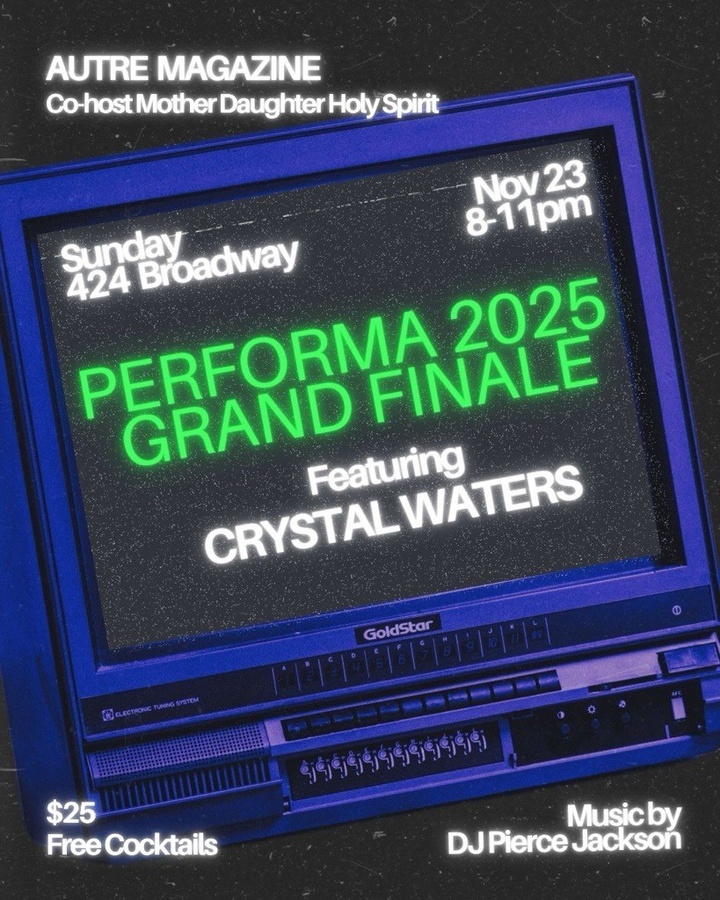
What does it mean to compose from within a voice that has been politicized, pathologized, and—more often than not—unheard? A Voice and Nothing More centers on the sonic textures of trans experience—not as metaphor or identity cue, but as a vantage point for composition, a material starting point.
At the core of the program is a screening of Sarah Hennies’ Contralto (2017), a quietly forceful work that stages the voice—low, wavering, searching—as both subject and score. A live percussion performance extends the film’s inquiry into the embodied tension between performance and performativity, between being heard and being legible.
After the screening, Hennies is joined in conversation by composers Andrew Yee, inti figgis-vizueta and Lulu West to reflect on the GLISS Composition Residency, an experimental initiative for transfeminine composers. Together, they discuss how composition becomes a space of sounding out—a dynamic working through notation, improvisation, resonance to make oneself audible on one’s own terms. The conversation is moderated by Josefina Barcia.
Organized by Josefina Barcia, Hartwig Foundation of Art Curatorial Fellow
